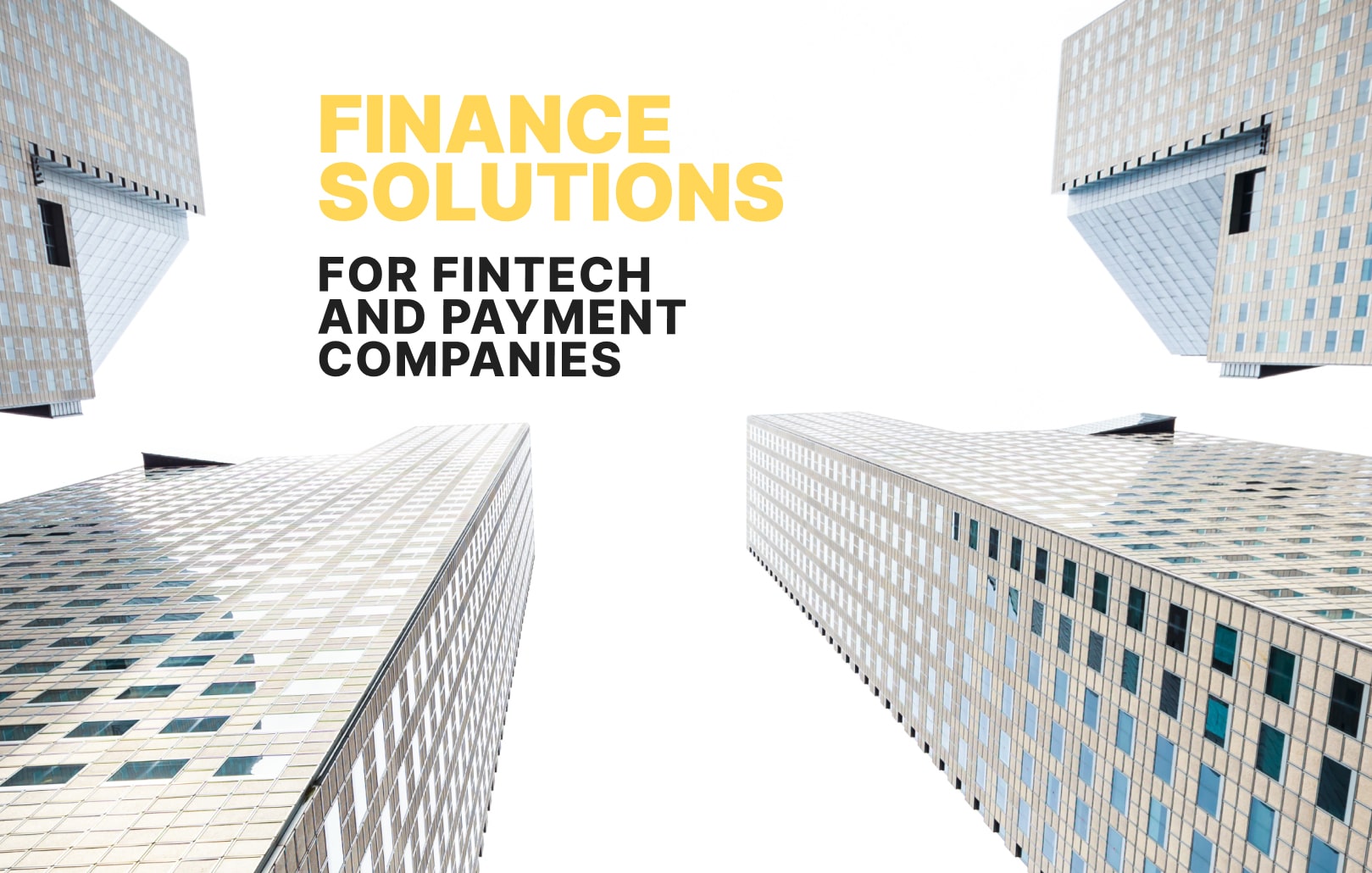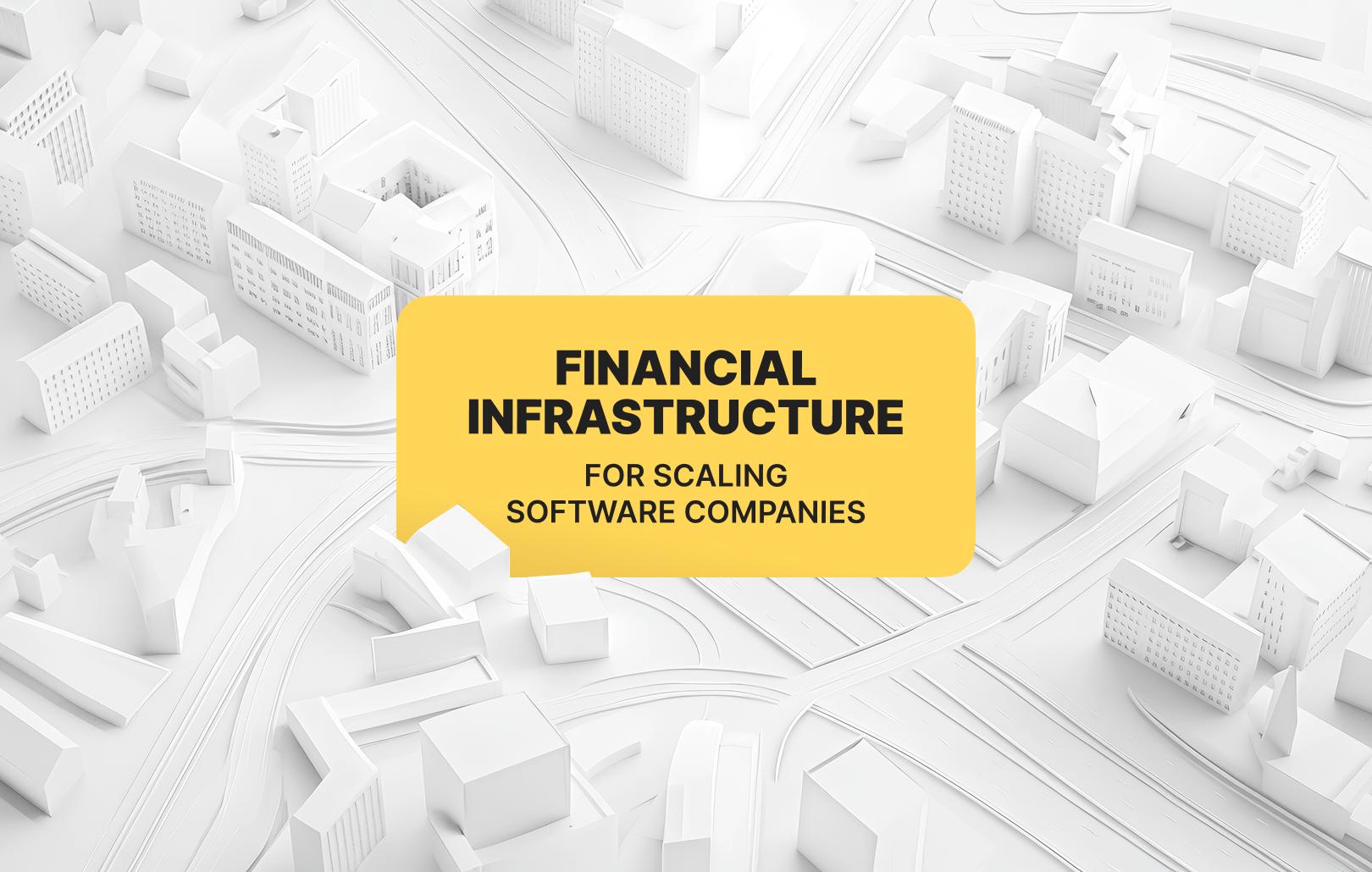Mastering Digital Payments: Definition, Benefits, and Beyond

Digital Payments: How They Work and Why They Matter
In the digital age, the way we handle payments has undergone a profound transformation. Digital payments, also known as electronic payments or e-payments, have become an integral part of our daily lives, whether we’re shopping online, swiping a card at a local store, or transferring money to a friend. This comprehensive guide will delve into the world of digital payments, demystifying how they work, the various payment methods available, and the compelling reasons for embracing this financial instrument.
Understanding Digital Payments
Digital payments are financial transactions that eliminate the need for the traditional exchange of physical currency. Instead, they rely on the transfer of value through digital payment accounts, typically using tools like smartphones, computers, or payment cards. Whether you’re an individual or a business, engaging in digital payments necessitates having a current account, access to digital payment accounts, and means of transaction, such as e-wallets or apps.
Key Players. The digital payments ecosystem is a collaborative effort involving several intermediaries. Primary parties include the payer (consumer), the payee (merchant), and the payment network. The latteren compasses the payer’s banking institution (issuer bank) and the payee’s financial service provider (acquirer bank).
Payment Accounts. Both the payer and the payee must maintain current accounts with financial institutions. The payer’s financial / e-money institution deducts the payment amount from their account, while the payee’s provider credits the same amount to the merchant’s account. Having sufficient funds on the payer’s account is critical for a successful transaction.
Payment Process. When initiating a digital payment, the payment information is transmitted through a payment gateway to the customer’s banking institution. This process involves verifying the payer’s identity through security measures like passwords and OTP / PIN codes and checking the availability of funds for the purchase.
Payment Rail. Once all verifications are complete, the payment request is either approved or denied. If approved, the payment is processed through a platform commonly known as a “payment rail.” This platform serves as the conduit for moving money from the payer to the payee.
Typical Example of a Digital Purchase. To illustrate how digital payments function, let’s consider a scenario where someone wants to buy apparel from a high street retailer. If they opt to use a Point of Sale (PoS) machine for payment, they insert their card and enter their four-digit PIN.
Before the transaction is finalized, several checks occur:
- The PIN’s correctness is verified.
- The available balance in the customer’s bank account is checked. If sufficient funds are present, the money is debited from their account and credited to the retailer’s account. In the case of credit card usage, the credit limit will also be checked.
Advantages of Digital Payments
The shift towards digital payments is driven by numerous advantages. In addition to enhanced security features, digital payments offer greater efficiency, streamlined accounting, and valuable data insights. These benefits became even more pronounced during the challenges posed by the pandemic.
A Snapshot of the Digital Payment Process
A typical digital purchase, whether at a local store or an online platform, involves a sequence of checks to ensure the transaction’s success. These include verifying the payer’s identity, checking the availability of funds, and authorizing the payment request. This process results in the movement of funds through a “payment rail.”
Diverse Digital Payment Types. The digital payments landscape has witnessed significant growth in recent years, making life more convenient for both merchants and customers. Here are some prevalent digital payment methods:
- Mobile Wallets: Systems like Google / Apple Pay and various banking apps for smartphones have gained popularity. They offer a secure and flexible way to make payments without intermediaries.
- Contactless Payments: Thanks to the NFC technology, this method allows cardholders to make quick payments at physical retail locations with a simple tap, eliminating the need for the payment card to physically interact with a POS device.
- Digital Wallets: Similar to contactless payments, digital wallets store digital versions of physical cards on smart devices and use the NFC technology for transactions.
- Peer-to-Peer (P2P) Digital Payments: P2P payments are facilitated through solutions like PayPal, directly connecting the customer to the merchant’s bank account.
- Paylinks: An affordable option for businesses, paylinks allow customers to make secure digital payments directly from their bank accounts through unique links.
Embracing digital payments provides efficiency, security, and convenience. In an ever-evolving digital landscape, understanding these payment methods and adapting to them is crucial for individuals and businesses alike.
Why Pay Digitally?
The transition to digital payments and receipts has some clear benefits, especially for small businesses. Consumers and businesses now expect digital payments methods to be made available for faster and more secure payments with minimized risk. For business transactions too, there are several benefits of going cashless.
- Cash management is eliminated resulting in a lower risk of theft and reducing the cost of security and storage.
- Digital payments are often faster, resulting in shorter queues and enhancing customer in-shop experience.
- A clear digital trail is available for easy accounting, helping simplify operations and tax compliance.
- Mobile-based digital payments also provide the payee with the ability to collect customer data for analytics and market segmentation. This enables retailers and issuer banks to use digital payments, along with loyalty and reward programs, to drive customer acquisition and retention through targeted marketing and customized offers.
Bottom Line
In a world where digital transformation is constant, understanding and embracing digital payments is more critical than ever. For businesses, it’s about offering convenience, enhancing customer experience, and staying competitive in an evolving marketplace. For individuals, it’s about security, efficiency, and the ability to participate in a digital economy that’s shaping the future of finance.
The digital payment landscape continues to innovate, providing frictionless, scalable, and future-proof solutions. As the world becomes increasingly digital, the adoption of digital payments is not just a trend – it’s a modern necessity. Whether you’re a small business owner or an individual consumer, exploring and implementing digital payment options is a step towards financial convenience and security in the digital age.







